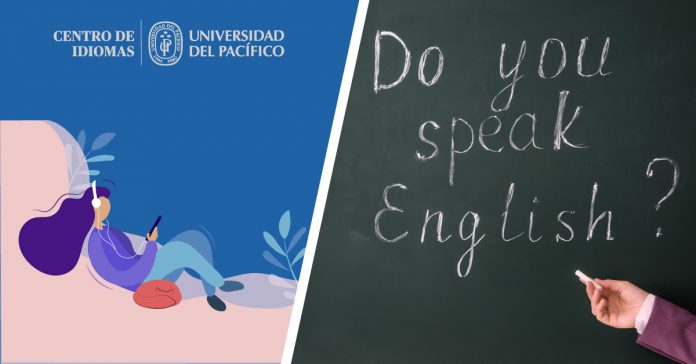Krashen’s Monitor Model has undoubtedly been, and still is, one of the most discussed theoretical model of second language acquisition. This model develops four hypotheses of which the difference between learning and acquisition is the one that has sparked the most controversy. Before continuing, let’s briefly recall the difference between acquiring acquiring a second language or learning it.
In Krashen’s model, adults have two different and independent ways of developing proficiency in a second language: acquisition and learning. Acquisition is an automatic and subconscious process motivated by the need for communication, quite similar to the process performed when acquiring a mother tongue.
When acquiring a language there is no conscious effort on the part of the speaker regarding formal aspects of the language such as grammatical structures. Rather, its energy is focused on the act of communication that the speaker wants to perform. Such is the case of people who move to a foreign country and who somehow learn the language without having any formal learning of it. On the other hand, learning takes place in a formal environment such as the classroom, where conscious intellectual effort is put in the rules of the language. While acquisition is about “picking up” a language, “learning” refers to getting to know the language such as the understanding and use of the new grammatical rules.
How does the difference between learning and acquisition impacts on our methodology?
The distinction between “acquisition” and “learning” stated in Krashen’s model derives in the following assumptions:
Learning will never turn into acquisition and therefore, through learning, a near-native command of the language will never be achieved. Near-native communicative competence will occur only if there is acquisition.
The classroom is most useful for beginners who cannot process language input from the informal setting (outside school).
Language acquisition has a direct impact on developing fluency.
Correcting errors raises the affective filter (anxiety in students) and should not occur in free conversation or when acquisition is likely to occur.
Why does the Model receive some criticism?
Although Krashen’s model has had a direct impact on understanding the process of developing communicative competence in a second language, research in Applied Linguistics identifies some contradictions in this model.
For McLaughlin (1987, p. 21, 24) the hypothesis has fundamental flaws since Krashen does not clearly define the terms “acquisition”, “learning”, “conscious” and “subconscious”, so it is impossible to determine exactly what would be the ” acquired language “and the” learned language “.
It is very difficult to determine whether the delivery of a successful oral message is the product of a “formal” learning experience or of an informal subconscious one (acquisition).
Language acquisition that provides little or no corrective feedback is potentially dangerous for the student, as a given error “fossilizes” in the student’s mind.
According to Krashen, conscious learning of the rules of a language is of limited use and should be discouraged. However, the same model highlights the advantages that this knowledge has for students in order to monitor their own linguistic production.
But, what does Krashen’s model leave us?
Despite all the discussion and arguments for or against Krashen’s theory, we must keep in mind that his following assertions, although not scientifically proven, do enrich our teaching practices:
When students are constantly exposed to the target language in meaningful and real contexts, they show solid improvement in their communicative competence in L2.
Grammar teaching detached from communicative practice, characterized by the emphasis on rules, transformations, diagrams and maps, and outside of any real context, does not promote the development of the students’ communication skills. Worse still, it gives the illusion that if you know the main and most common rules of L2 you will be able to communicate.
Our classes should provide our students with many opportunities to “acquire” L2. How can we do it? By bringing the real world to our classes: spend time in your classes working with movies, sitcoms, newspapers, magazines, even real restaurant menus. The use of these resources will work magic on your students’ progress.
As painful as it may seem, the truth is that your textbook, although colourful and up-to-date, does not have that “touch” of reality.










